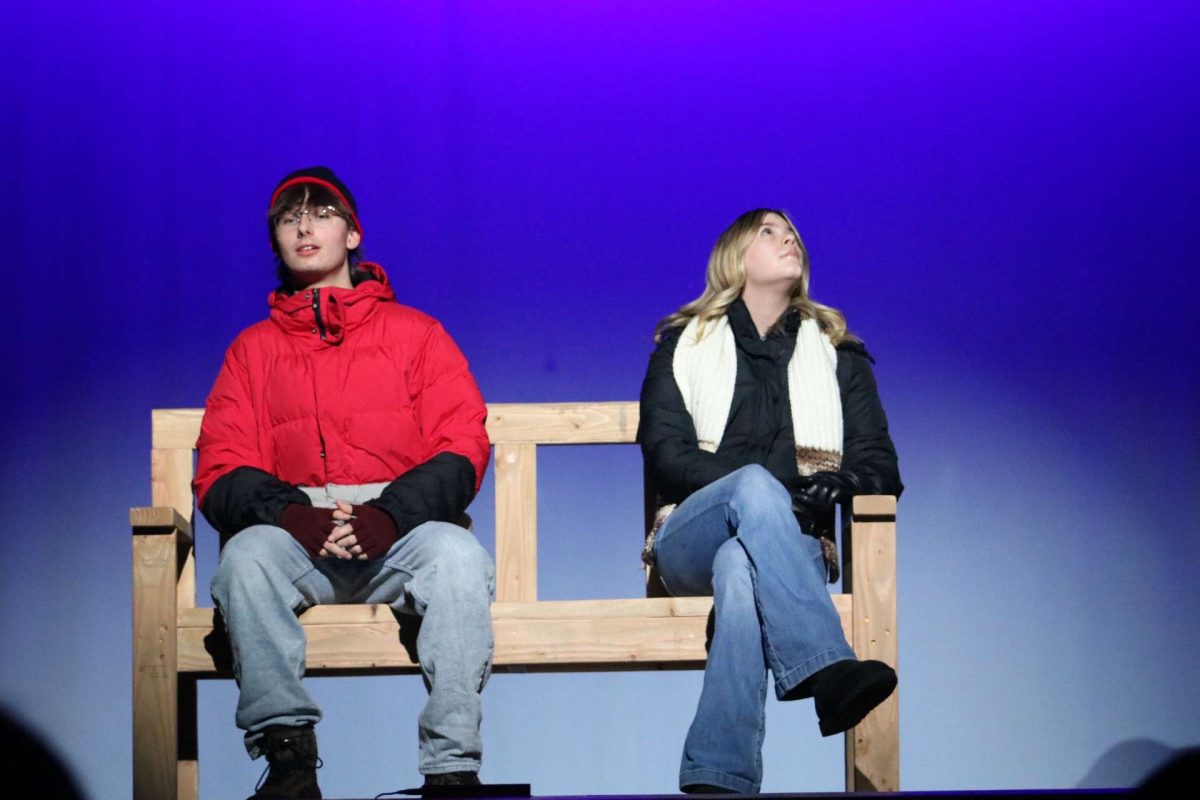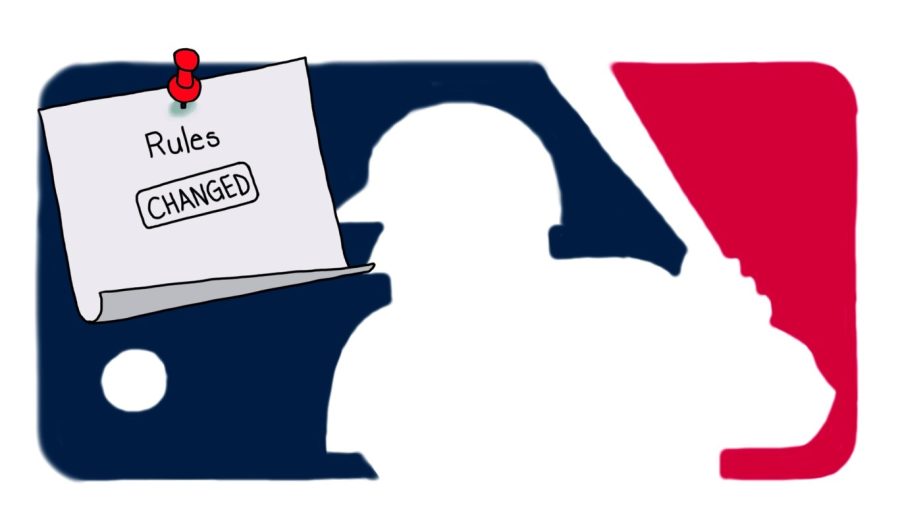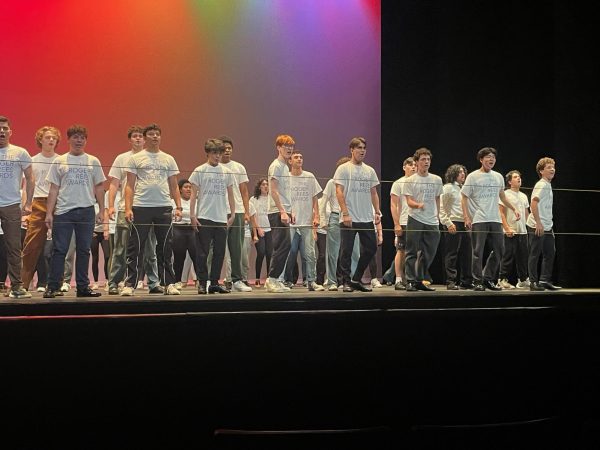MLB Plays by New Rules
Major League Baseball’s (MLB) new rule changes have had drastic effects on today’s game: the game’s length has decreased, the number of bases stolen has increased, and the average offensive production is up by 20 points. All three changes were established this offseason when the MLB Collective Bargaining Agreement expired. Commissioner of the MLB, Rob Manfred, has in the past expressed interest in altering America’s pastime; he was against it as he felt he should work with the players before he made any large changes. However, this year, Manfred and his team revised the game to benefit the fans and to preserve the future of baseball.
Baseball is notorious for being known as “the most boring sport” because of the amount of patience required to sit down and watch a three-hour game with minimal action. The recent addition of a pitch clock has helped remedy this issue, allowing a typical three-hour game to be shortened to two-and-a-half-hours. With this jump in time, some fans have found themselves watching more entertaining games, such as sophomore Bianca LoBosco. She said, “I really like the pitch clock because it gets the game going. The game is just too long sometimes.” However, other fans view the pitch clock as too big of a change to the sport. Senior Katie Straub explained, “I 100% disagree with the new rule. I hate the pitch clock. The game is supposed to be long.” Before the addition of the pitch clock, pitchers would take their time with each pitch to maximize their velocity of the pitch. Now, since the pitchers are allowed only 15 seconds between each pitch without runners on and 20 seconds when runners are on the bases, batters have grown a bigger advantage.
According to the new rules, batters are allowed only one time-out to step out of the box during the at-bat, and are supposed to be back in the box ready to hit with eight seconds left on the pitch clock. If the batter is not ready before the clock runs out, an automatic strike is given, adding a strike to the count, and the at-bat resumes as normal. Junior Katie Sharkey commented, “They are calling batters out, and they are giving the strike-out to the pitchers. But the pitcher didn’t strike them out?” Senior Katie Straub expressed, “It should be a different ruling, so it doesn’t count as a strike-out for the pitcher because it has nothing to do with the pitcher.” Despite the discourse, the rule resolutions have caused significant improvement in the first two weeks of the regular season, seeing the average batting average rise from .230 to .250. This increased batting average has welcomed more hits, drawing more fans to ballparks; ESPN’s website (espn.com) reports that the average attendance at MLB games in 2023 is about 27,765, upwards of 957 from 2022.
In addition to the pitch clock, larger bases were also implemented into the game. The bases increased from 15-square inches to 18-square inches. Although three inches may seem minimal, it is a huge advantage for base runners. Teams throughout the league have taken advantage of this and have implemented base running and stealing into the game. The Yankees, who are renowned for power hitting, have taken noticeable interest and accumulated a total of 29 stolen bases this year and have only been caught 11 times. For a lineup built around power, that is a remarkable feat. The change also makes it particularly difficult for pitchers to try to pick-off runners, as once a base runner knows the pitcher used up his two disengagements, it is an easier opportunity to steal the next base.
A final notable rule change was the ban of the shift. The shift was historically used to combat players’ tendencies to either pull the ball or go to the opposite field while hitting. According to the resolution, infielders are no longer allowed to cross to the other side of second base before the pitcher releases the baseball. In addition, infielders now have to have both feet on the infield dirt before the pitch is released to ensure no big shift changes happen.
Although some changes are bigger than others, baseball has seen a great deal of change within one season, resulting in a surge of attendance, action on the field, and players’ ability to show off their athleticism. However, the addition of the pitch clock has caused notable controversy, dividing fans used to longer games with those fond of the new rules and the amount of action.

My name is Daniella Inserra. I am a member of the Class of 2026 and sports editor for Horizon. I am also an active member of Key Club, S.K.I.P club, Varsity...








































